
Never Eat Eggs With These 6 Foods — A Dangerous Combination for Your Health
By avoiding these six food pairings and choosing the right cooking methods, you can enjoy eggs as a powerhouse of nutrition without compromising your health.
Fish is often praised as one of the healthiest foods on the planet, packed with protein, omega-3 fatty acids, and vital vitamins. Yet, not every part of a fish is safe to consume. Hidden toxins and harmful substances can lurk in certain organs, and eating them could do more harm than good.
Surprisingly, some parts people believe are “nourishing” can actually be toxic—causing digestive distress, organ damage, or worse. Here are five fish parts you should absolutely avoid if you want your meal to stay both delicious and safe.

Among all fish organs, the gallbladder is the most dangerous. Some traditional beliefs suggest drinking fish bile can strengthen the body or improve vitality, but science shows the opposite.
Fish bile contains potent toxins that attack the nervous system, liver, and kidneys. Even a small amount can trigger severe nausea, vomiting, diarrhea, and abdominal pain. In more serious cases, it can cause seizures, acute kidney failure, liver damage, or even death.
Every year, hospitals report cases of poisoning linked to the mistaken practice of consuming fish bile as a “supplement.” This is a deadly myth that should be avoided at all costs.
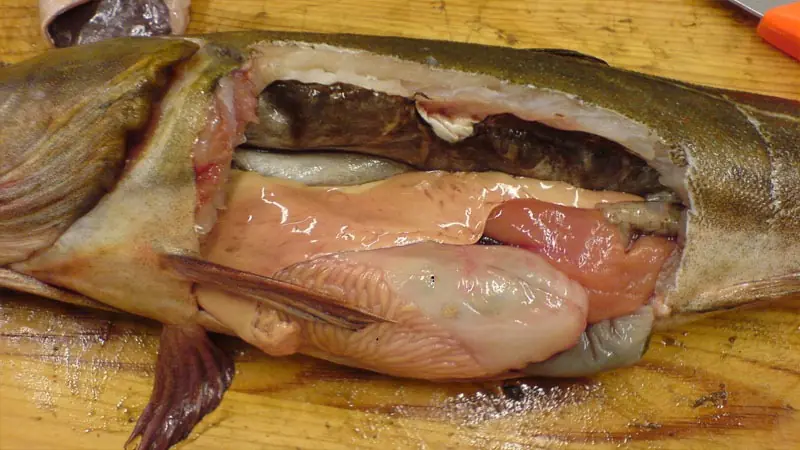
Gills act as the respiratory filter for fish, constantly in contact with the water around them. This makes them a natural trap for dirt, parasites, and bacteria.
Eating gills essentially means introducing a large amount of microorganisms directly into the body. The risk is particularly high if the fish came from polluted water sources, where harmful parasites and pathogens thrive. Consuming gills can easily lead to digestive problems, food poisoning, and in severe cases, parasitic infections. For this reason, professional chefs always discard gills during preparation.
Just like in humans, fish intestines are responsible for breaking down food. That also means they are full of waste residue, undigested material, and harmful microorganisms.
Unless meticulously cleaned, intestines can harbor dangerous bacteria that may cause foodborne illness. In fish raised in contaminated ponds or polluted rivers, the intestines may also accumulate heavy metals and other toxic substances. Eating them could lead to long-term health issues. The safest approach is to remove them completely before cooking.

Some people eat fish brain under the assumption it helps “nourish the brain.” Unfortunately, that’s more myth than fact. Fish brain is high in unhealthy cholesterol, which, when consumed in large amounts, can contribute to elevated blood lipids and cardiovascular problems.
Even more concerning, in farmed fish, the brain may concentrate chemical residues, antibiotics, or toxins from their feed and environment. Instead of boosting your brain health, eating fish brain could be quietly harming your body. Moderation—or better yet, avoidance—is the best choice.
When you open up a fish, you’ll often find a thin black layer clinging to the belly cavity. This is the peritoneal membrane, and it contains lipofuscin, a pigment that tends to accumulate toxins and waste byproducts.
Not only does it add a strong fishy odor to the dish, but eating it can irritate digestion and, over time, put strain on the liver. That’s why experienced cooks always scrape this layer away before preparing fish. Doing so not only makes the dish taste fresher but also protects your health.
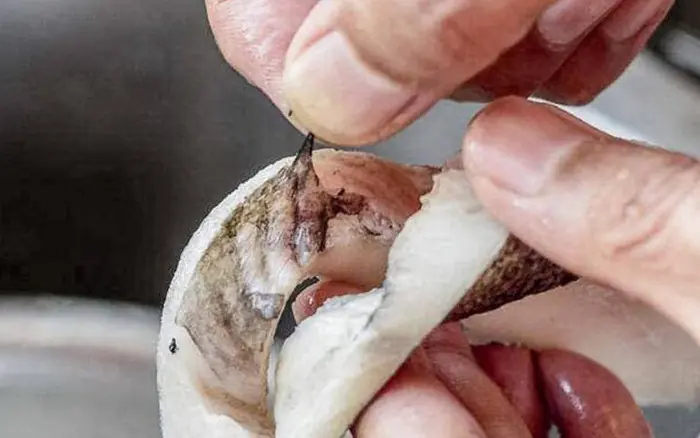
How to Enjoy Fish Safely and Reap Its Health Benefits
Fish is undeniably a powerhouse of nutrition, but the key lies in careful selection and preparation:
The Bottom Line
Fish remains one of nature’s best superfoods—but only when handled the right way. By eliminating these five dangerous parts, you can enjoy fish that is not only flavorful but also safe for the whole family.
Next time you prepare fish, remember: safety starts with what you throw away, not just what you eat.

By avoiding these six food pairings and choosing the right cooking methods, you can enjoy eggs as a powerhouse of nutrition without compromising your health.
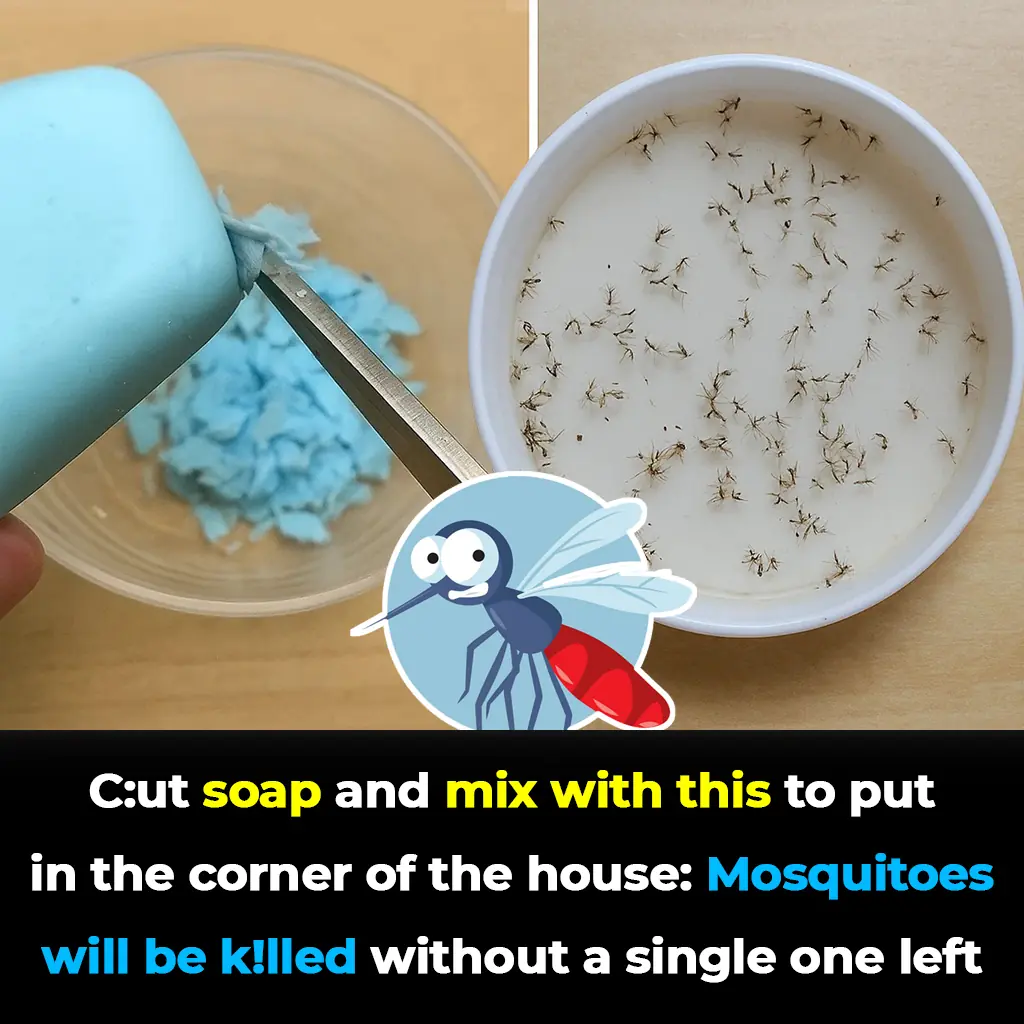
With these simple hacks—soap and sugar water, repellent plants, lemon with cloves, and coffee ground smoke—you can protect your home naturally.
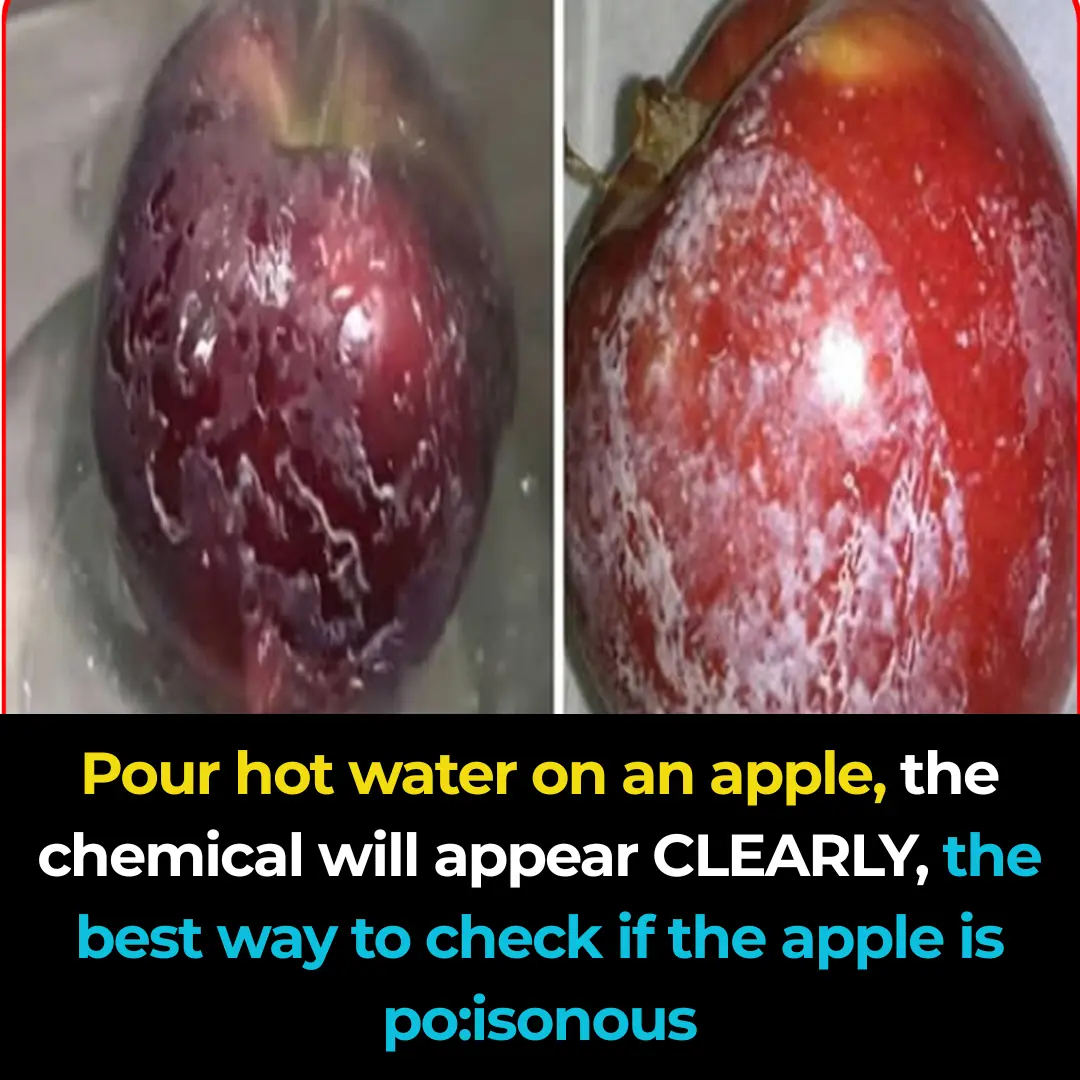








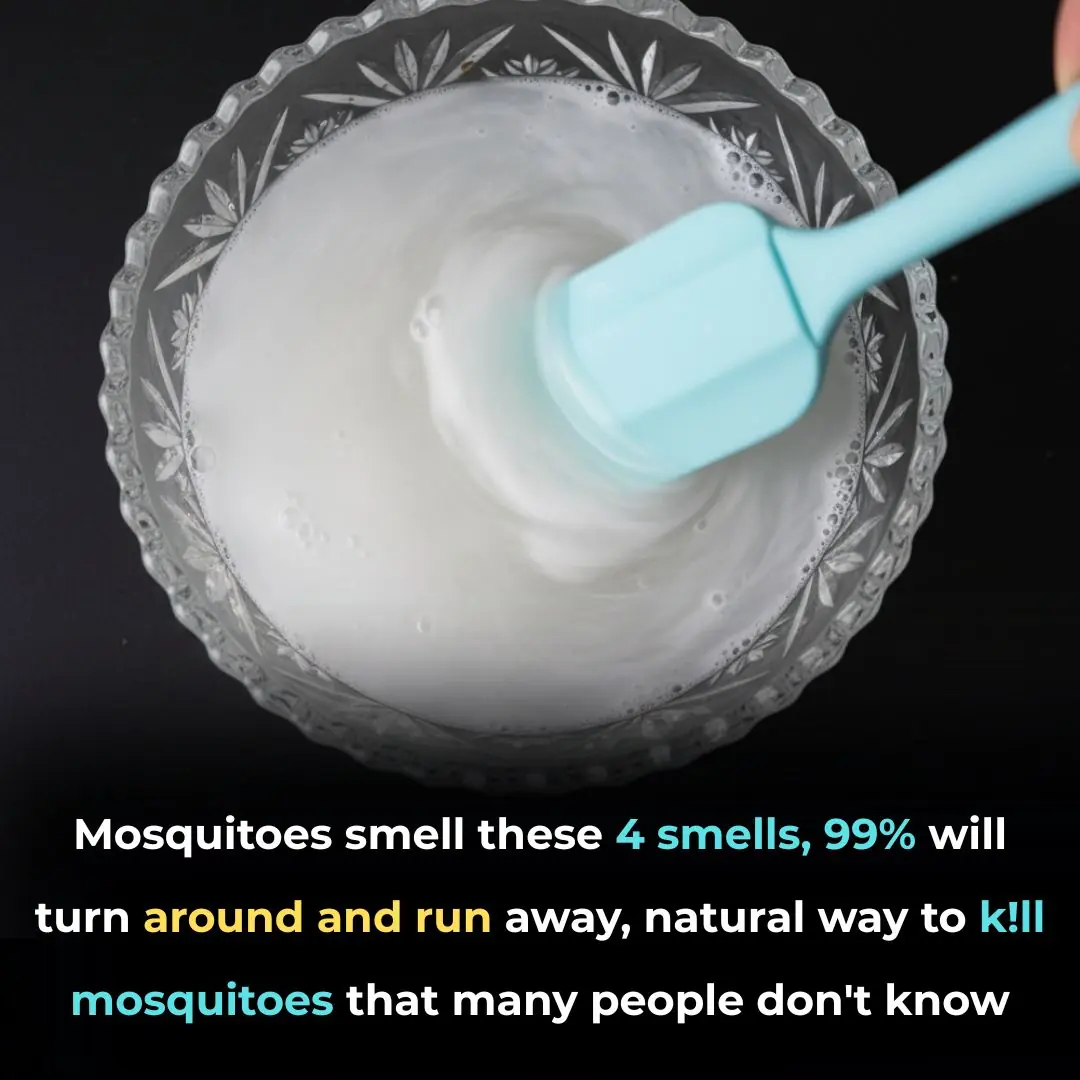



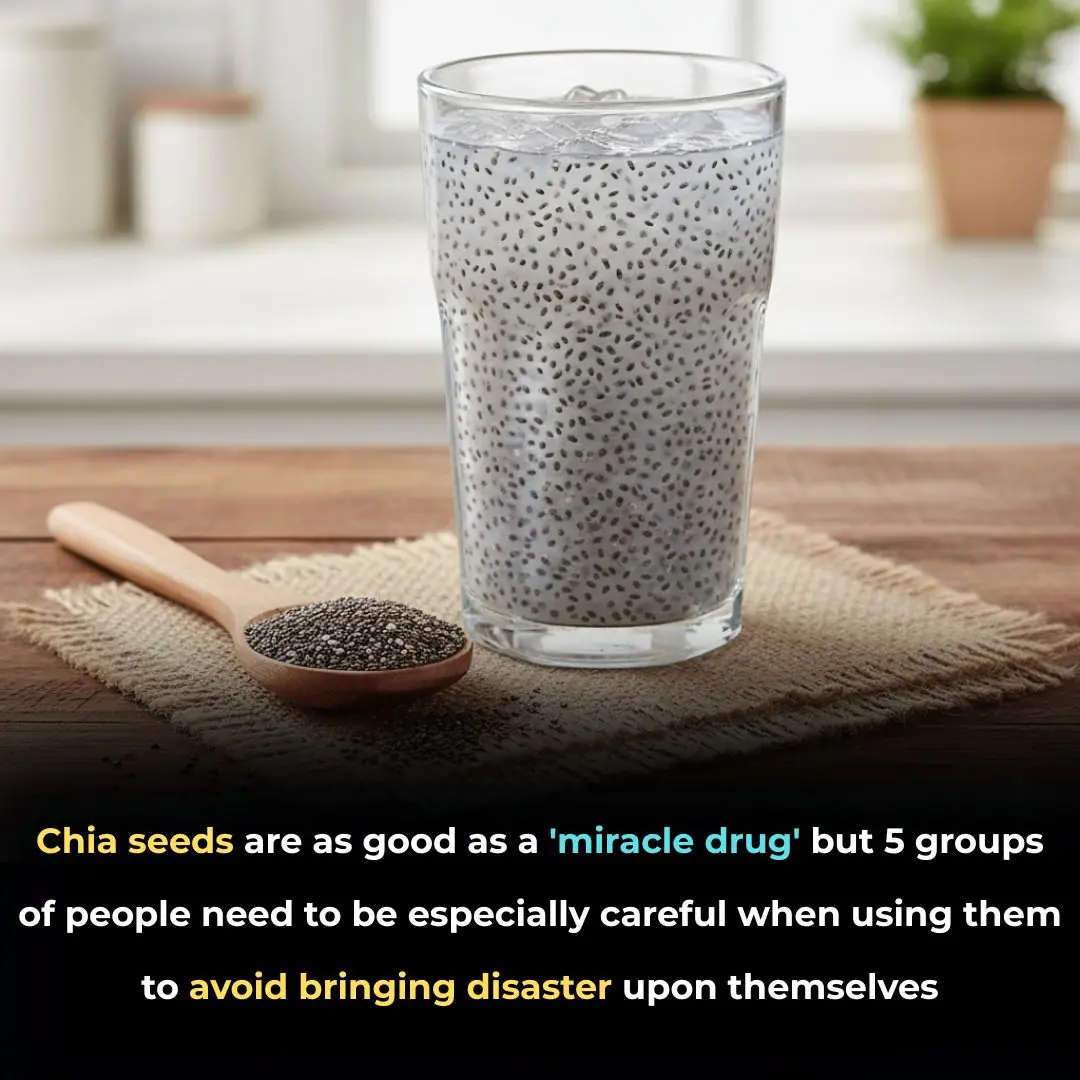












This DIY remedy provides a comprehensive approach to hair care, nourishing your hair both from within and externally.

Adding this natural remedy to your daily skincare routine can help you achieve smoother, younger-looking, and more radiant skin — all without relying on costly treatments.

This homemade clove water spray, enriched with nature’s most powerful ingredients, offers a simple way to achieve firmer, brighter, and more youthful-looking skin — without the need for injections or costly skincare products.

By avoiding these six food pairings and choosing the right cooking methods, you can enjoy eggs as a powerhouse of nutrition without compromising your health.

With these simple hacks—soap and sugar water, repellent plants, lemon with cloves, and coffee ground smoke—you can protect your home naturally.

A sore throat may seem like nothing more than a seasonal annoyance, but sometimes it hides something far more dangerous. That was the devastating reality for a retired teacher in Taiwan who thought his discomfort was due to cold weather—until doctors re

Leftovers may seem harmless, but in some cases, they can turn into hidden health risks. A tragic case has recently drawn attention to how certain foods, when stored improperly or left too long, may lead to life-threatening consequences.

Protecting your kidneys is about more than preserving the urinary system—it is about safeguarding your energy, your heart, and your long-term health.


